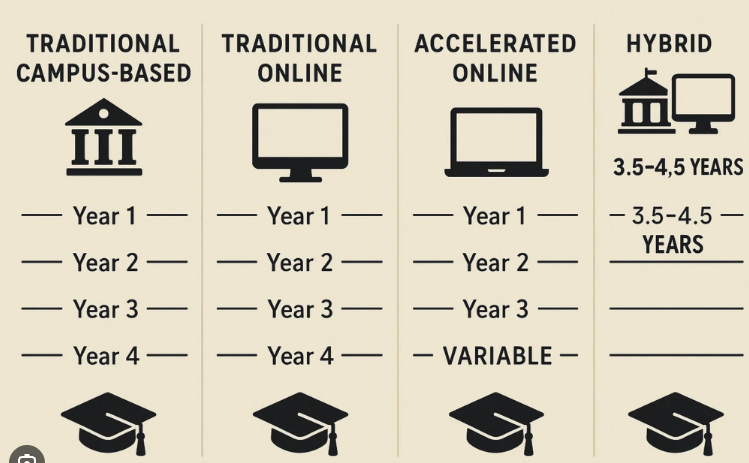The traditional four-year college experience has become increasingly uncommon, with only 41% of students completing their bachelor's degree within four years according to the National Student Clearinghouse. The average time to graduation has extended to 5.1 years, raising questions about the factors contributing to this trend and its implications for students, families, and institutions.
Statistical Overview of Graduation Rates
| Time Frame | Graduation Rate | Student Population |
|---|---|---|
| 4 years | 41% | Traditional full-time students |
| 5 years | 62% | All undergraduate students |
| 6 years | 69% | All undergraduate students |
| 8+ years | 73% | Including part-time students |
Financial Factors and Work Obligations
Financial constraints represent the most significant factor in extended graduation timelines. Rising tuition costs, reduced family financial support, and increased student loan burdens force many students to work while attending college or take breaks from their studies.
- 78% of students work while attending college, averaging 19 hours per week
- Student loan debt has increased 1,200% since 1980, adjusted for inflation
- 43% of students report taking fewer courses per semester due to financial constraints
- Family financial support has decreased by 35% over the past decade
- Emergency financial situations force 23% of students to take temporary breaks
- Part-time enrollment has increased by 28% since 2010
"The reality is that most students today cannot afford to be full-time students without working. This fundamental shift in the college experience naturally extends the time needed to complete a degree."
— Dr. Mark Huelsman, Senior Policy Analyst at Demos
Changing Student Demographics
| Student Type | Percentage of Population | Average Time to Graduate |
|---|---|---|
| Traditional (18-22, full-time) | 47% | 4.3 years |
| Working students (20+ hrs/week) | 31% | 5.8 years |
| Parent students | 22% | 6.2 years |
| Transfer students | 38% | 5.5 years |
| First-generation college | 34% | 5.4 years |
Financial Impact
Each additional year in college increases average student debt by $15,000-$25,000 and delays career earnings by approximately $40,000 annually.
